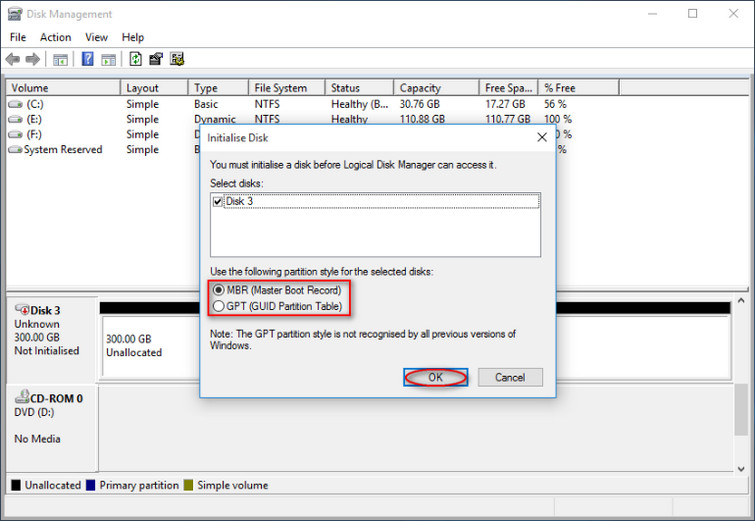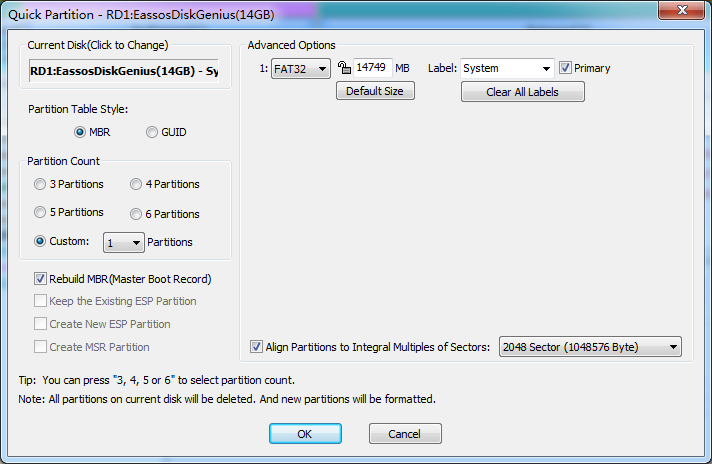

While exFAT doesn’t quite match FAT32’s compatibility, it is more widely-compatible than NTFS.

Like NTFS, exFAT has very large limits on file and partition sizes., allowing you to store files much larger than the 4 GB allowed by FAT32. You can format the drive from either the Mac or the Windows machine. However, you can format the drive to work with both Windows and Mac by using the exFAT filesystem. Windows uses NTFS and Mac OS uses HFS and they’re incompatible with each other.

Can a hard drive work for both Mac and PC? For a hard drive to be able to be read and written to in both a PC and Mac computer, it must be formatted to ExFAT or FAT32 file format. Most WD Drives come formatted in the NTFS (Windows) or HFS+ (Mac) format.


 0 kommentar(er)
0 kommentar(er)
